Introduction
Electricity is all around us, working everyday to power the lights, tools, and machines we need to get the job done. While necessary, electricity is also extremely dangerous, and electrical incidents can happen in all industries. Electrical hazards are present in more workplaces than most people realize, and when something goes wrong, it can lead to serious injuries, or even death.
As an employer, your top priority should always be keeping your workers safe. Whether your team is working on a construction site, operating heavy machinery in a manufacturing plant, or maintaining high-voltage power lines, electrical safety should never be left to chance. This blog post will help you understand why electrical safety training is essential—especially in high-risk industries. We’ll walk through the most common electrical dangers, the industries most affected, legal requirements, and what an effective training program should include.
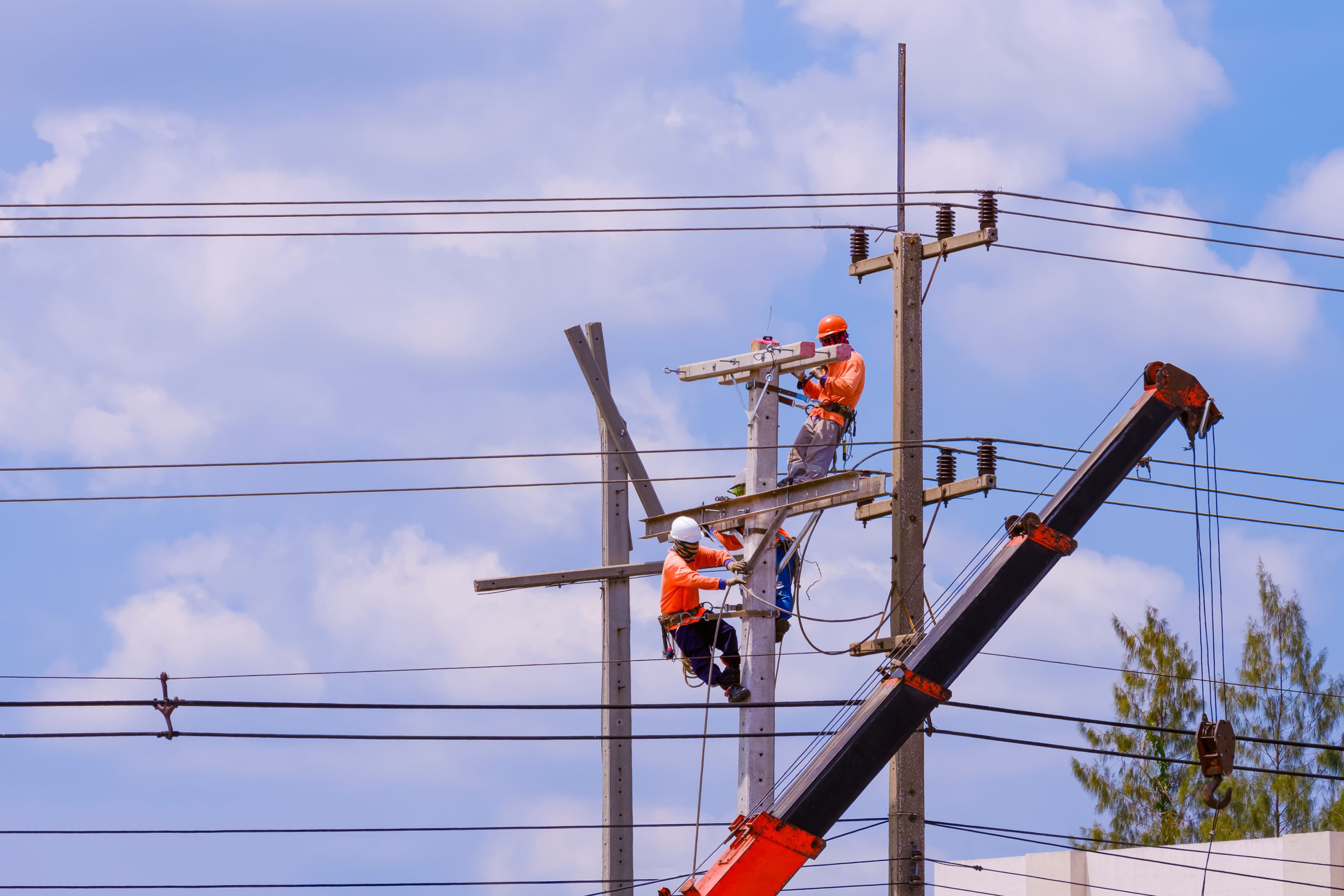
Understanding Electrical Hazards in the Workplace
As we’ve stated, electricity is an everyday part of most jobs. That familiarity can lead to dangerous assumptions—like thinking a wire isn’t live or that a panel is safe just because it “looks fine.” But the truth is, electrical hazards can show up in unexpected ways, and the results are often severe. Electrical hazards are among the leading causes of workplace injuries and fatalities. According to data compiled for the Electrical Safety Foundation International from the U.S. Bureau of Labor Statistics and the Occupational Safety and Health Administration, between 2011-2023, an average of 150 workplace electrical fatalities occurred every year, accounting for 5.6% of all workplace fatalities in the United States of America. This is on top of the over 1,000 non-fatal electrical injuries sustained by workers each year.
Although electricians account for the majority of these fatalities, construction workers, tree trimmers, and even roofers also made up a large number. This is why we cannot think that just because we work in an industry that does not directly work with electricity, we don’t need to be trained to identify and avoid the electrical hazards present in our industry. Electricity is invisible, unpredictable, and all around us, and that’s why training is critical. Your workers must be able to recognize risks before something goes wrong.
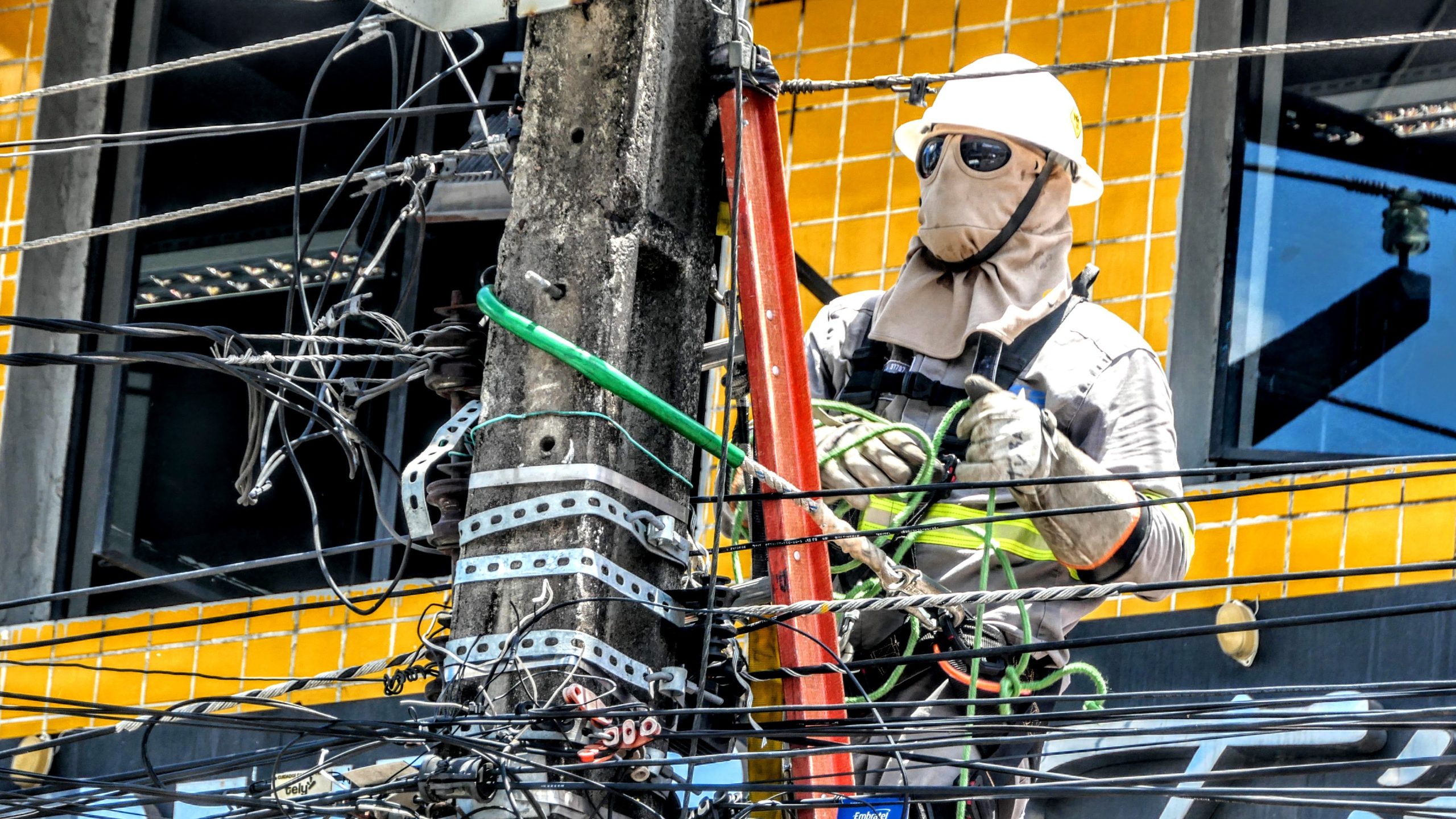
Industries Where Electrical Safety Training Is a Must
Not every industry faces the same level of electrical risk. Industries with increased exposure to electrical hazards include:
● Construction: Construction sites are filled with electrical hazards: live wires, exposed circuits, temporary power supplies, and tools that may not be properly grounded. Workers often operate in high-risk areas like rooftops, trenches, and scaffolding. One mistake, such as cutting into a live wire or using damaged equipment, can lead to fatal consequences.
● Manufacturing: Manufacturing facilities often use complex machines and electrical control systems. Maintenance workers may need to troubleshoot or repair energized equipment. Without the right training, a routine fix could result in an arc flash or shock. Regular lockout/tagout procedures are essential to keep workers safe during servicing.
● Utilities and Energy: Lineworkers and technicians in this field handle extremely high voltages. They often work on energized lines, substations, or transformers—sometimes in severe weather conditions. Without in-depth safety training, they face life-threatening risks on a daily basis.
● Oil and Gas: This industry involves both electrical equipment and highly flammable environments. Even a small electrical spark can cause a catastrophic explosion. Workers need to understand how to safely operate and maintain electrical systems while minimizing the risk of ignition.
● Telecommunications: Many telecom workers deal with power lines, communication towers, and cable systems—often at heights or in confined spaces. They might not always realize how close they are to energized circuits. Proper training helps them identify hazards and take precautions before starting work.
The industries listed here are known as “high-risk industries,” because employees in these industries face more danger than most. However, just because there are more hazards in these fields, that doesn’t mean these are the only ones where electrical safety training is vital. Even office workers can face electrical hazards when dealing with kitchen appliances. Because electrical hazards can be present in all industries, electrical safety training is a must in all industries.
Legal and Regulatory Requirements for Employers
Beyond protecting your workers, electrical safety training is also a legal requirement. As an employer, you’re responsible for meeting specific safety standards set by government and industry organizations.
The Occupational Safety and Health Administration (OSHA) has standards in place designed to protect employees exposed to dangers such as electric shock, electrocution, fires, and explosions. OSHA outlines safety rules in two major areas: ● General industry (29 CFR 1910): Covers factories, warehouses, utilities, etc. ● Construction (29 CFR 1926): Covers building, renovation, and demolition work
Both sets of rules require employers to train workers on recognizing and avoiding electrical hazards. You must also provide the proper protective equipment and take the necessary steps to maintain a safe work environment.
In addition to OSHA standards, the National Fire Protection Association (NFPA) has created the 70E standard to guide employers on electrical safety in the workplace. This standard covers:
● Arc Flash Safety
● Risk Assessments
● PPE Requirements
● Safe Work Practices
● Documenting Exposure Levels
While NFPA 70E is not a law, it is a standard developed to guide employers and employees in ensuring a safe work environment when dealing with electricity, and OSHA often uses it as a benchmark when evaluating electrical safety compliance.
Failing to provide proper electrical safety training doesn’t just put your workers at risk—it can have serious financial and legal consequences for your business. Employers who neglect electrical safety standards may face significant fines from regulatory agencies like OSHA. In some cases, a lack of compliance can lead to worksite shutdowns, delaying projects and cutting into profits. If an incident occurs due to inadequate training, your company could be exposed to lawsuits, insurance claims, or even criminal charges. Beyond legal penalties, your business may also experience higher insurance premiums, a damaged reputation, and the loss of skilled workers who no longer feel safe on the job. These are long-term costs that can severely impact your company’s stability and growth.

What Effective Electrical Safety Training Should Include
Not all training is created equal. Your program needs to be specific to the types of work your employees do and the hazards they face. Here are the core elements you should include:
● Lockout/Tagout Procedures (LOTO): LOTO training teaches workers how to shut down equipment and prevent it from being turned back on while maintenance is being performed. This prevents accidental energizing of equipment that could injure or kill someone working on it.
● Personal Protective Equipment (PPE) Use: Your workers must know when and how to use the right PPE for electrical work. This includes arc-rated clothing, rubber gloves, insulated tools, and face shields. The wrong gear—or no gear at all—can be the difference between a close call and a tragedy.
● Arc Flash Hazard Awareness: Arc flashes can cause serious burns, hearing loss, or blindness. Training should include what causes arc flashes, how to recognize the warning signs, and how to work safely around potential arc flash points.
● Safe Tools and Equipment Handling: Electrical tools need to be properly rated, inspected, and used according to manufacturer guidelines. Workers should also understand how to spot signs of wear or damage and know when to take equipment out of service.
While this may seem like a lot, the good news is that there are many online safety training courses already available for you to use to train your team. Safety Instruct has many Electrical Safety video-based training courses available, from broader courses covering a wide range of applicable standards, to courses specific to various industries or standards. To view Safety Instruct’s catalog of Electrical Safety courses, click here.

Final Thoughts: Why Electrical Safety Training Is Worth It
Electrical safety training isn’t just about checking a box; it’s about protecting lives, reducing risk, and creating a workplace where employees feel safe and valued. When you invest in electrical safety training tailored to your industry, you’re doing more than meeting legal requirements—you’re building a safety-first culture that pays off in the long run. Your employees will be more confident, your equipment will last longer, and your business will face fewer disruptions.
As an employer, it’s up to you to set the standard. Provide the training your team needs, keep it up to date, and make sure safety is more than just a policy. Make it a priority today.
Safety Instruct’s online safety training courses help to educate employees on workplace safety and health regulations, policies, and best practices. These courses cover a wide range of topics—including Electrical Safety—all designed to fit the needs of various industries. To find the courses you need for your business today, click the link below! https://www.safetyinstruct.com/


![1[1]](https://news.capability.work/wp-content/uploads/2024/11/11-2.png)
![2[1]](https://news.capability.work/wp-content/uploads/2024/11/21-1.png)
![3[1]](https://news.capability.work/wp-content/uploads/2024/11/31-1.png)
![4[1]](https://news.capability.work/wp-content/uploads/2024/11/41-1.png)
![5[1]](https://news.capability.work/wp-content/uploads/2024/11/51-1.png)
![6[1]](https://news.capability.work/wp-content/uploads/2024/11/61-1.png)
![7[1]](https://news.capability.work/wp-content/uploads/2024/11/71-1.png)

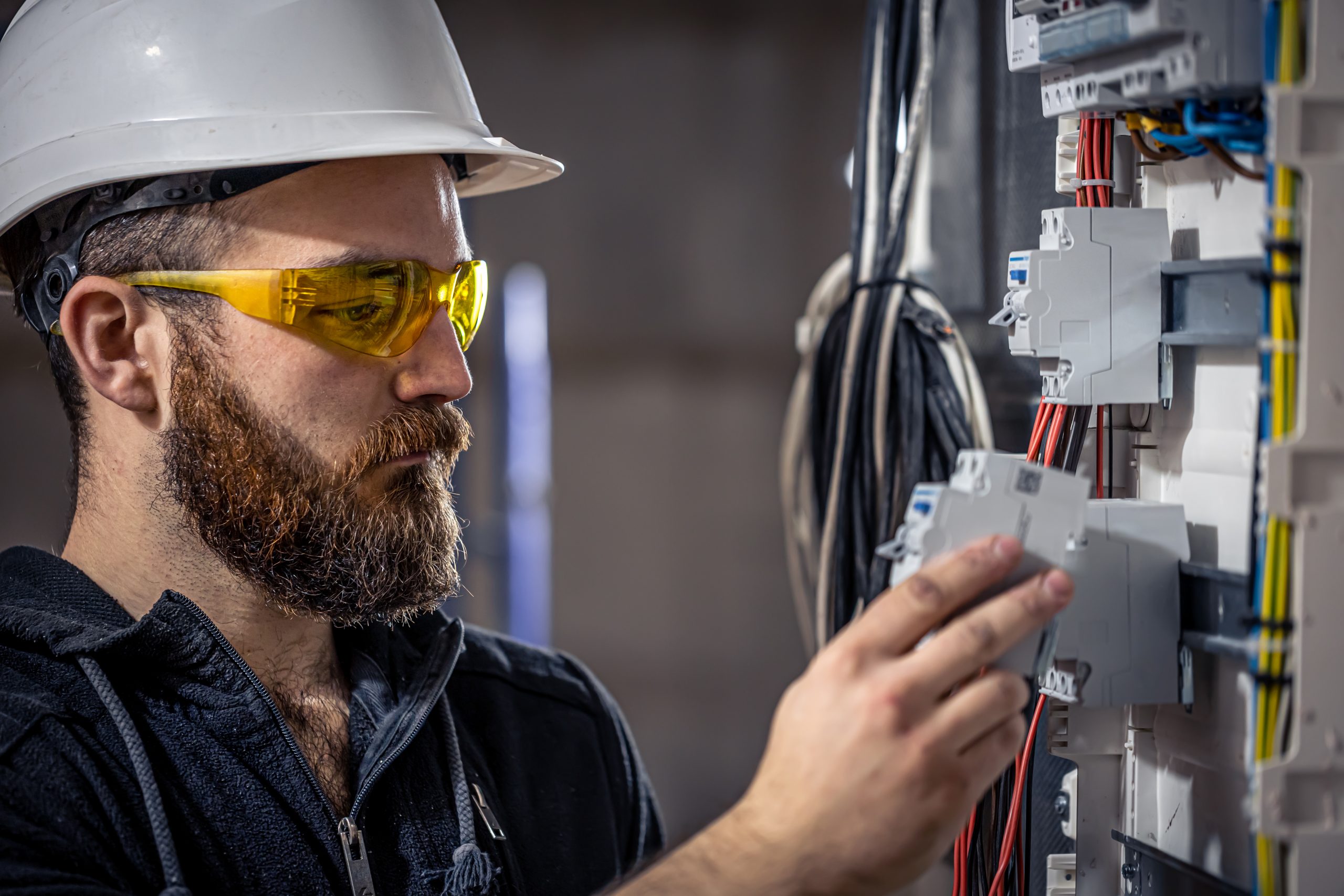
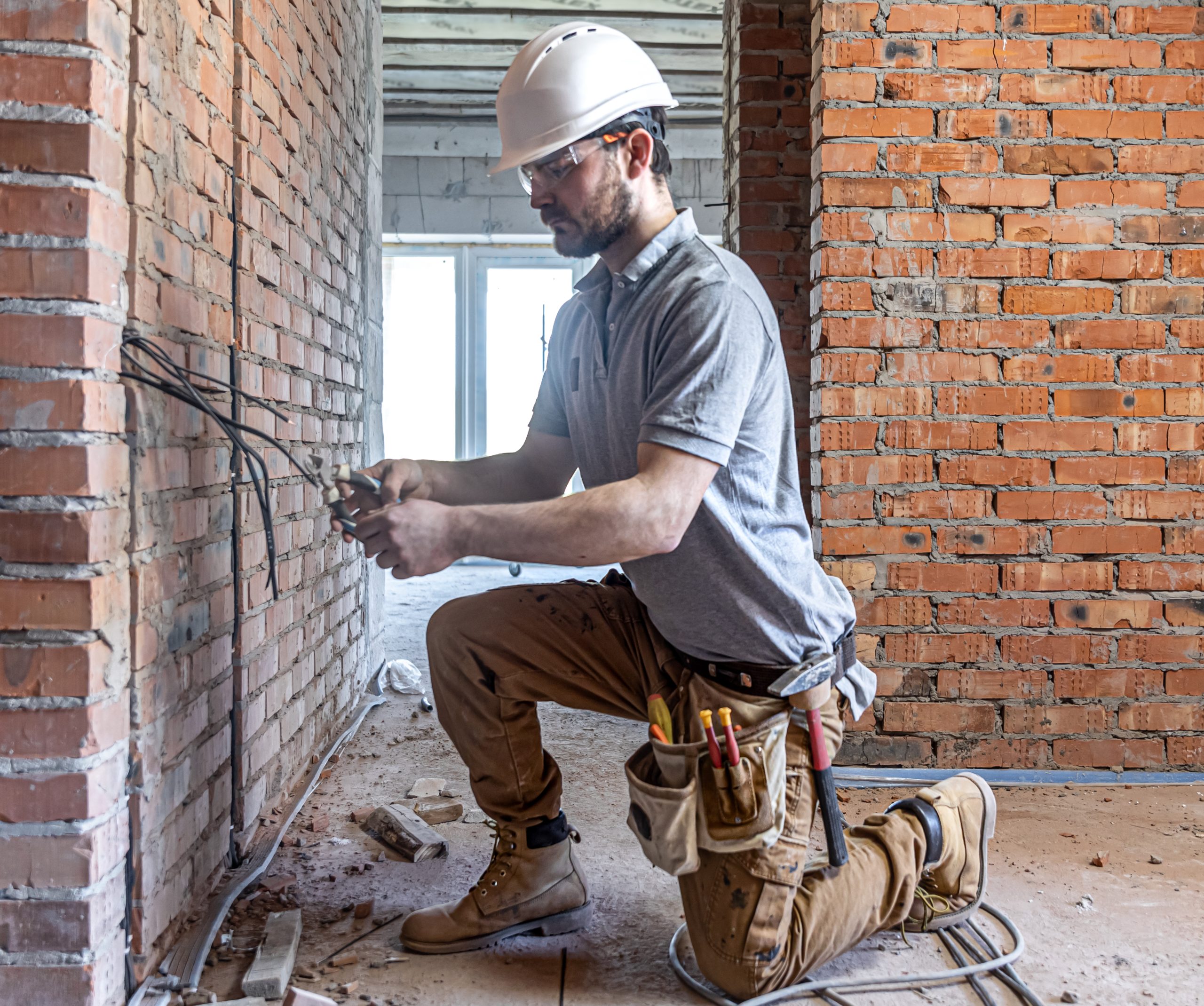



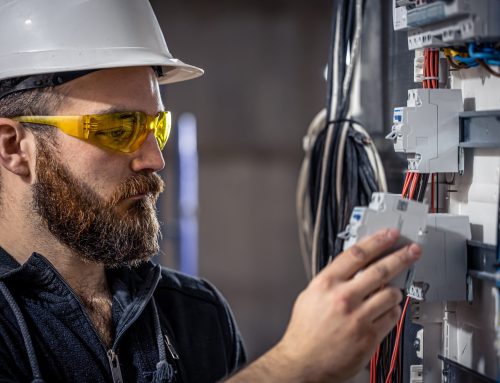



Leave A Comment